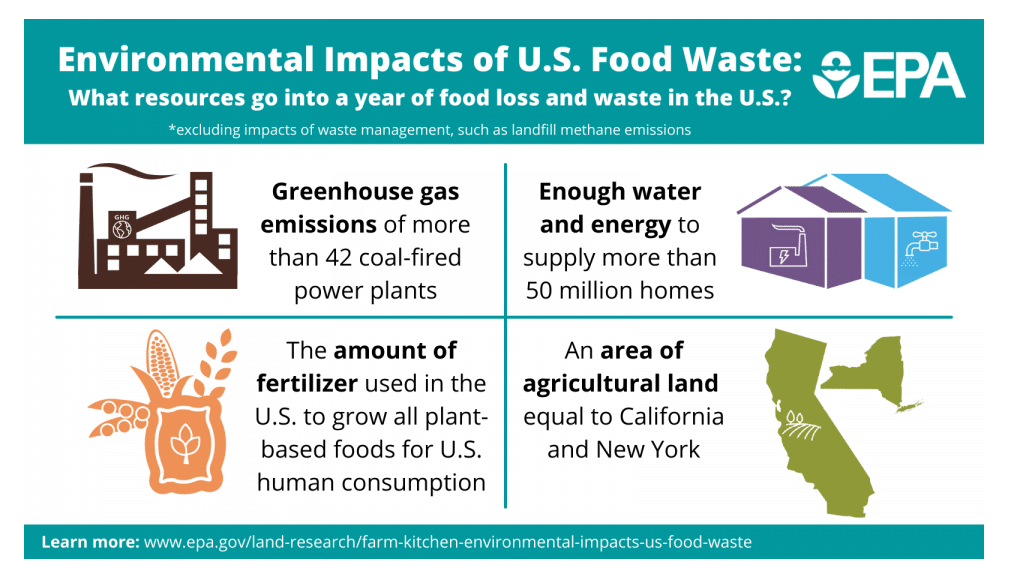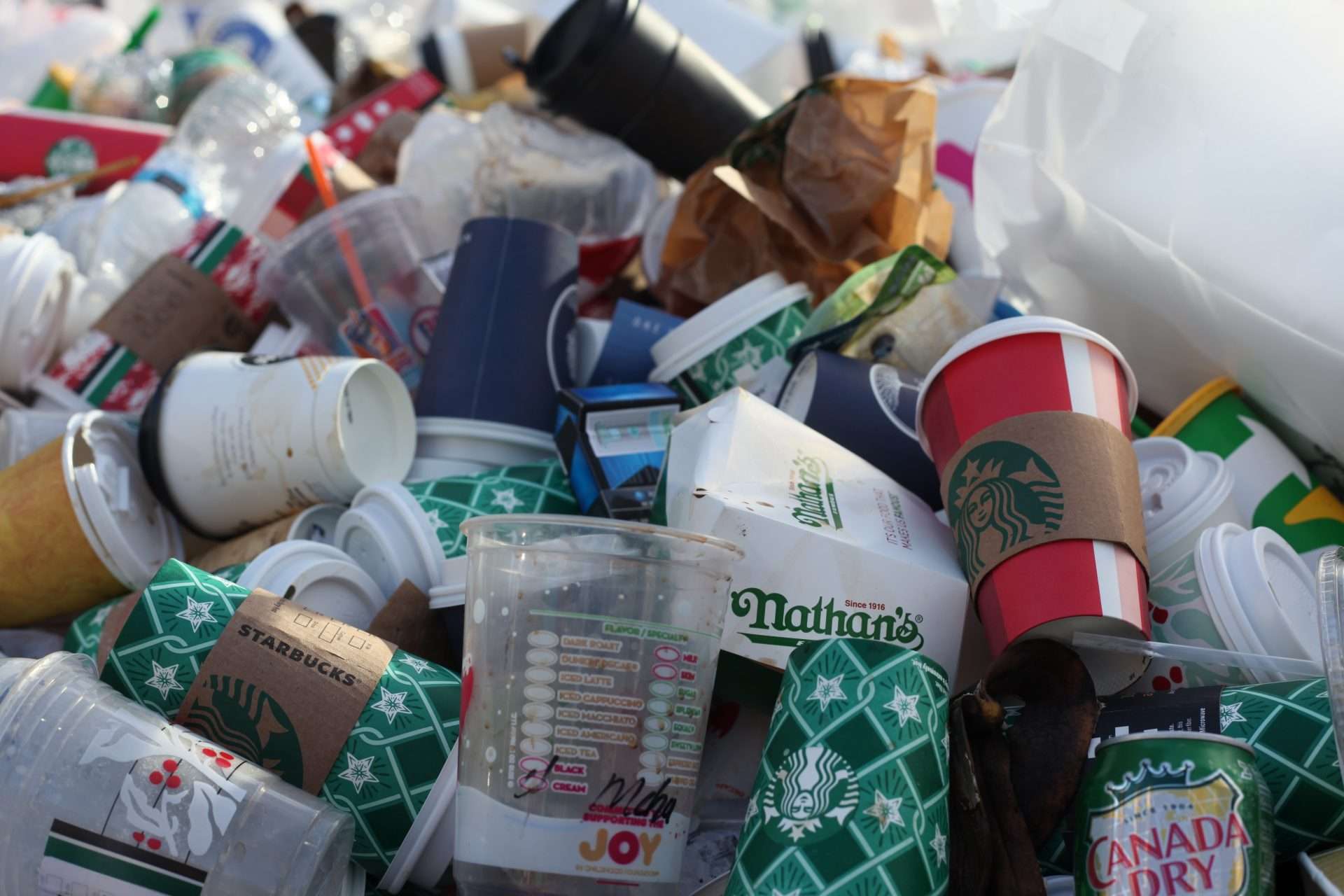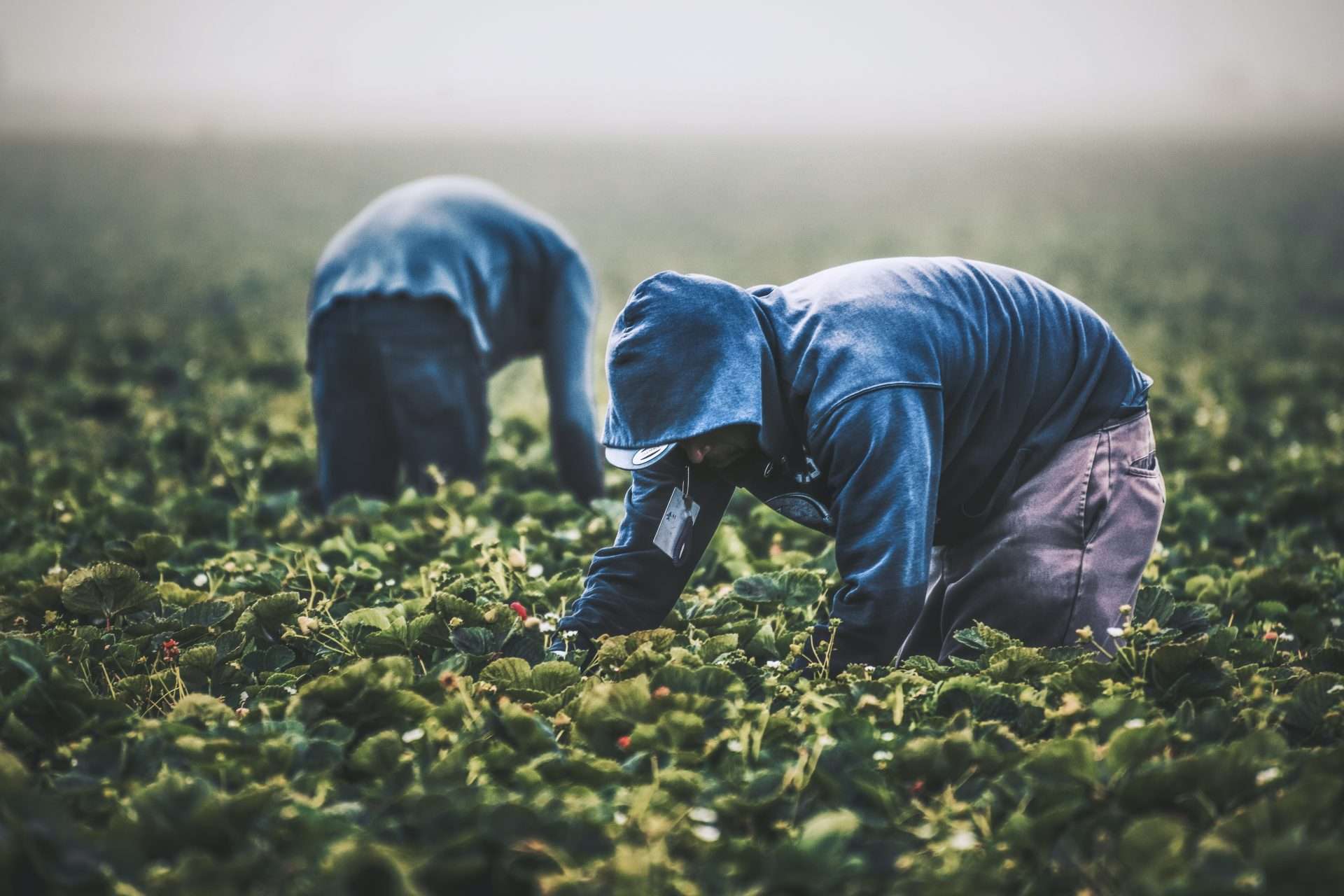The Environmental Impact of Food Waste
We don’t charge for any of the food we distribute.
So we waste food, what’s the big deal?
Beyond the moral aspect of food going to waste while people go hungry, the environmental impact of wasted food is devastating. Between the energy and resources used to produce the food in the first place and the methane gas released as food rots in landfills, food waste is the 3rd largest source of greenhouse gas emissions, behind China and the United States.
How big of a problem is food waste? A BIG ONE. 133 billion pounds of food is wasted every year.
To put it another way, 40% of the food supply in the USA is wasted. The average American family of four wastes about $1,500 of food annually.
Want more perspective? We waste:
million slices of bread per year
million glasses of milk per year
million potatoes per year
%
of all fruits and vegetables per year
It takes massive amounts of resources and time to produce the food for the people in our country.
Letting that all go to waste doesn’t sit well with us. That’s why we’ve decided to do something about it. We’re rescuing food while it is still good and redistributing it to hungry people right here in our local community.
How does food waste contribute
to greenhouse gasses?

When food is thrown away, all the energy and resources that went into growing, preparing, transporting and selling that food, is wasted as well. On top of that, when food goes into landfills and decomposes, it gives off methane gas which is 27 times more potent than carbon dioxide. For these reasons, the United States set a goal to decrease food waste by 50% by the year 2030.
Cultivate, along with our partners, donors, and volunteers, is doing our part to reduce food waste in our community. Join us on the journey to leave No Neighbor Hungry, No Food Wasted.
How can you help?
Personal things you can do
Inventory Your Food
Take an inventory of the food in your fridge to limit overbuying
Organize Your Fridge
Organize your fridge by best-buy dates
Limit Landfill Waste
Compost unused food to limit landfill waste


